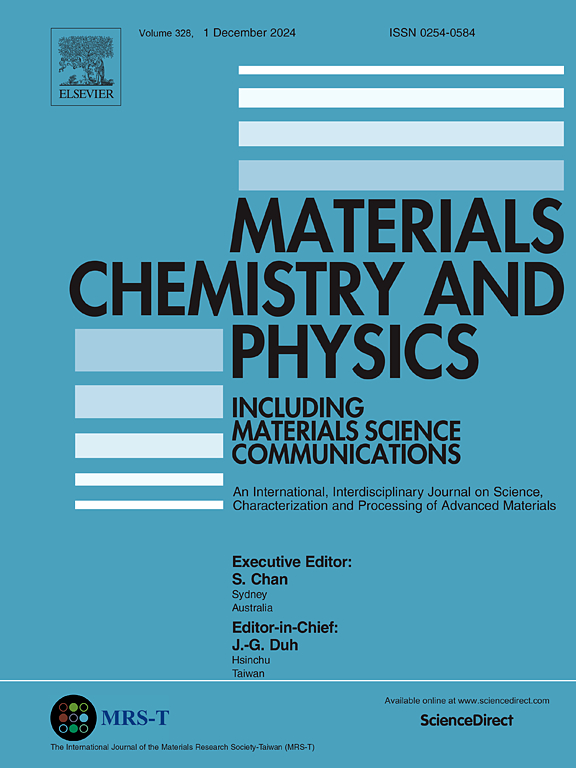Tuning the thermodynamics and kinetics of magnesium-based materials for hydrogen energy storage: a review
IF 4.3
3区 材料科学
Q2 MATERIALS SCIENCE, MULTIDISCIPLINARY
引用次数: 0
Abstract
Developing efficient hydrogen storage techniques will be vital in constructing a hydrogen energy society. Magnesium hydride shows massive potential in the hydrogen storage field because of its merits of high hydrogen storage capacity, good cyclic durability, and reasonable cost. However, its stable thermodynamics and sluggish kinetics obstruct the magnesium hydride system's practical application. Numerous attempts have been implemented to improve the hydrogen storage properties of this system, which are reviewed in this work systematically. This work aims to provide a way to evaluate and compare the improvements in hydrogen storage properties of the Mg/MgH2 system and offer an intuitive perspective for the development of a highly efficient energy storage system. Several methods, such as catalyst additions, complex formation by alloying, composite formation, size reduction, and morphology modification through physicochemical treatment, are summarized and compared. Catalyst additions are the most effective in enhancing kinetics, while complex formation enables hydrogen storage under milder conditions. Physicochemical treatments improve kinetics by reducing reactant size and shortening diffusion pathways. Nanostructuring shows promise but requires further stability improvements. However, no single technique satisfies all requirements for practical applications. Further progress should be considered to combine different methods and adopt a cost-effective and easy way to tune the properties of the Mg/MgH2 system. Finally, the prospective strategy for the future improvements of the Mg hydride-based hydrogen storage system is discussed.
镁基储氢材料的热力学和动力学研究进展
开发高效的储氢技术对于建设氢能社会至关重要。氢化镁具有储氢容量大、循环耐久性好、成本合理等优点,在储氢领域显示出巨大的潜力。然而,氢化镁体系热力学稳定,动力学迟缓,阻碍了其实际应用。为了改善该系统的储氢性能,已经进行了许多尝试,本文对这些尝试进行了系统的综述。本工作旨在提供一种方法来评估和比较Mg/MgH2系统在储氢性能方面的改进,并为高效储能系统的开发提供直观的视角。总结和比较了几种方法,如添加催化剂、合金化形成络合物、形成复合材料、缩小尺寸和通过物理化学处理改变形貌等。催化剂的添加在提高动力学方面是最有效的,而复杂的形成使氢在较温和的条件下储存。物理化学处理通过减少反应物大小和缩短扩散途径来改善动力学。纳米结构显示出前景,但需要进一步提高稳定性。然而,没有一种技术能够满足实际应用的所有要求。进一步的研究应考虑将不同的方法结合起来,采用一种经济、简便的方法来调整Mg/MgH2体系的性能。最后,对未来氢化镁储氢系统的改进策略进行了展望。
本文章由计算机程序翻译,如有差异,请以英文原文为准。
求助全文
约1分钟内获得全文
求助全文
来源期刊

Materials Chemistry and Physics
工程技术-材料科学:综合
CiteScore
8.70
自引率
4.30%
发文量
1515
审稿时长
69 days
期刊介绍:
Materials Chemistry and Physics is devoted to short communications, full-length research papers and feature articles on interrelationships among structure, properties, processing and performance of materials. The Editors welcome manuscripts on thin films, surface and interface science, materials degradation and reliability, metallurgy, semiconductors and optoelectronic materials, fine ceramics, magnetics, superconductors, specialty polymers, nano-materials and composite materials.
 求助内容:
求助内容: 应助结果提醒方式:
应助结果提醒方式:


